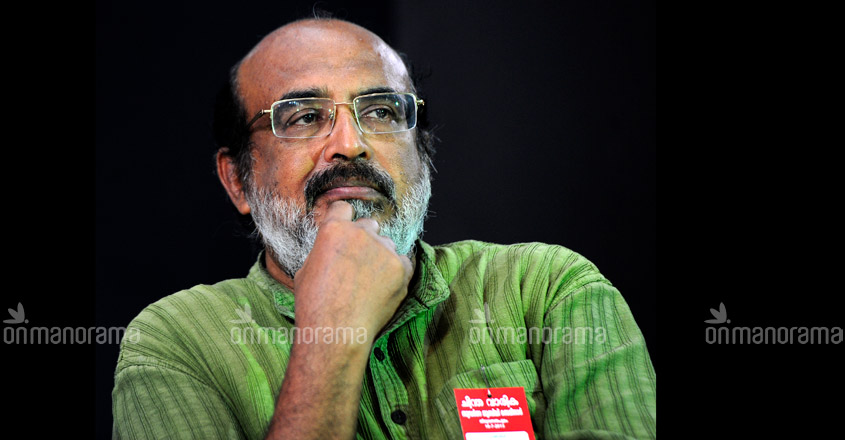
Thomas Isaac is short of cash like never before. But on January 31, when he presents the LDF government's third budget, he will have no choice but to behave like a billionaire. The flood-ravaged state has to be rebuilt virtually from scratch, and welfare spending has to be stepped up.
From where is he going to find the money? The one per cent GST cess that he would impose from April this year would fetch him not more than Rs 1,000 crore this fiscal. This would work out to less than one per cent of the state's total revenue receipts; so negligible that the very need for such a cess would be hard to explain. Isaac's other big hope was that taxes would grow by 20 per cent after GST was rolled out. It is by now clear that the tax growth, including the compensation paid by the Centre, is only 14 per cent. Non-tax revenues, especially from lottery sales, has stagnated. Now what?
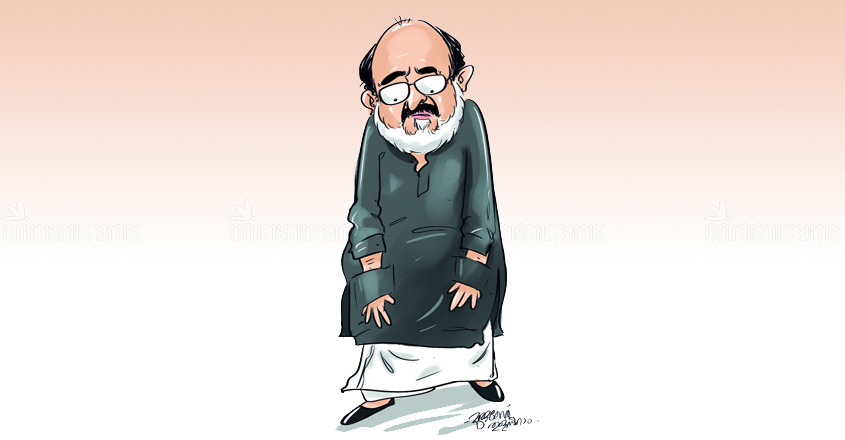
There are two options left. Cut down expenditure and find new sources of revenue. Reducing expenditure is easier said than done. It is a massive rock that keeps growing. The Kerala Public Expenditure Review Committee has described as “downwardly inflexible” the committed part of the expenditure (salaries, pensions, interest payments). The cuts should also not harm the poor and the needy. Still, Isaac has to somehow slash expenditure and keep his deficits very low because on sustainable deficits rest the creditworthiness of Kerala Infrastructure Investment Fund Board, his special purpose vehicle to economic salvation. It is a scary adventure sport of sorts.
Onmanorama talked to a wide spectrum of economists and public policy experts to find out the various means by which Isaac could prioritise his expenditure and create new revenue streams. Here are some of the points that were thrown up during the discussions.
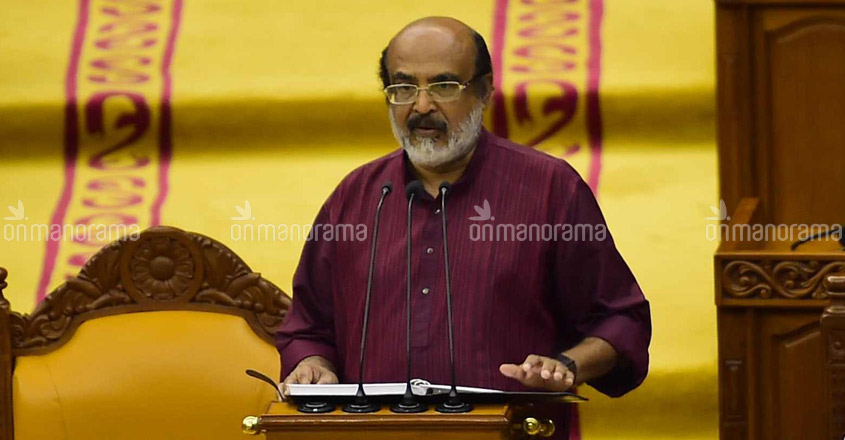
No more schools and colleges, please: End the indiscriminate expansion of posts. Extravagance is mostly seen in private aided educational institutions. Surplus staff and new batches are bleeding the state of resources.
Make education dearer: Raise the medical, engineering and higher secondary education fees. These have remained almost stagnant since 2013. At the moment, the fees are abysmally low. Take for instance medical education. The Supreme Court has fixed Rs 11 lakh as the money required to educate a medical student. A government college student pays just Rs 25,000 annually. This can at least be doubled.
Pay and use: Scale up other user fees, too. Government services in health and education can be targeted to the really deserving sections through direct benefit transfer and for others the rates can be raised comparable to private sector providers. Another example would be diagnostic fees, which in government hospitals is just 10-37 per cent of what is charged in private labs. This, too, can be hiked by at least 10 per cent.
Premium government property: Land leases, untouched for decades, have to be increased. Undisputed tax arrears of Rs 2,880 crore should be recouped urgently. Of the over 100 non-tax revenue sources in all the state departments, at least 36 can be increased. Government quarters, for instance, are given out for less than 10 per cent of its market value.
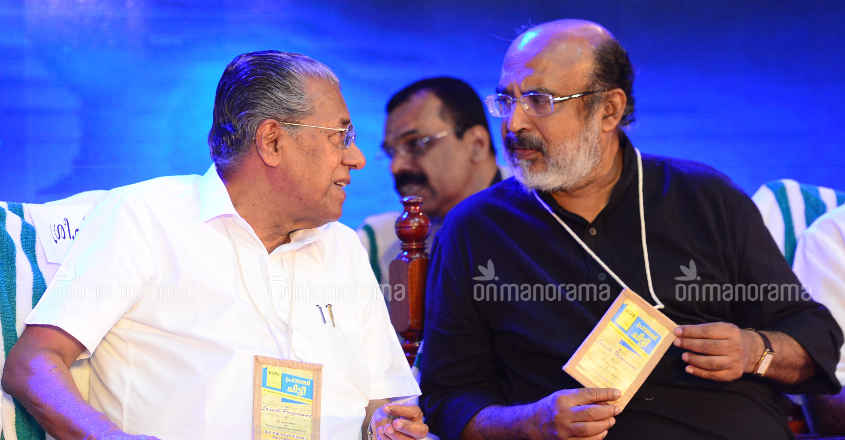
Recover the dues: Inter-departmental accounts have to be streamlined. Now, we have a situation where the KSEB and others are refusing to pay the KWA and vice versa, or various departments are neglecting to pay the Forest Department for the timber they have purchased.
Burden of revision: Rethink the revision of salaries once in five years, and also the implementation of two DA revisions a year. The salary and pension bill was Rs 7,300 crore in 2017-18, and Rs 6,300 crore this fiscal. A normal annual increase has to be just Rs 3,000 crore. Defer DA revision till the state gets over the crisis.
Realistic property tax: Take over the property tax through a tax rental arrangement with local governments and entrust its administration to Goods and Services Tax Department. There is huge potential for additional revenue mobilization even after compensating the local governments.
Healthy land tax: Land taxes can be scientifically restructured by linking it with income. Nominal land tax does not cover even the administrative cost.
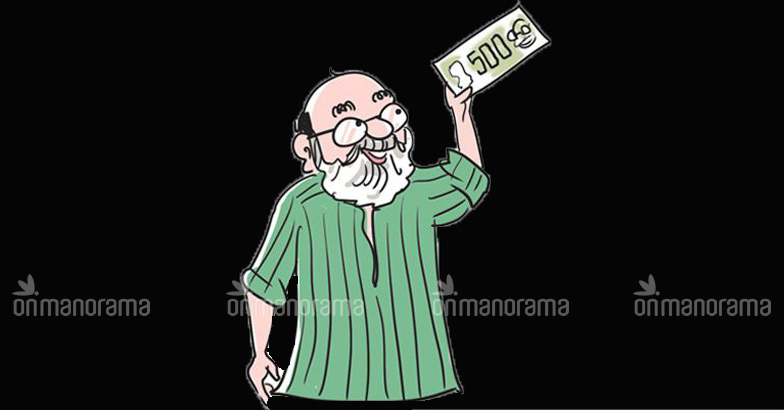
Extra car tax: The second and /or subsequent motor vehicle registered in the name of a person or in a specific address can be taxed at a higher rate than the normal rate. Such a system exists in Andhra Pradesh and Karnataka.
Real estate bounty: Government land in prime locations can be given to private property developers on long term lease (50 to 75 years) for construction of commercial complexes where a specific portion will have to be set apart for government purposes free of rent.
Ask more from white collar pros: Professional tax is fixed at Rs 2500, as per the constitutional amendment in 1988. Periodic revision of the tax is called for. The states together can make a request for a constitutional amendment for timely revisions.





